Low Oxalate Greens You Should Be Including In Your Diet
Primal Edge Health participates in the Amazon Services LLC Associates Program and other affiliate programs and therefore, may collect a share of sales or other compensation from the links on this page. This comes at no additional cost to you, and all the prices and availability are accurate at the time of publishing.
If you enjoy leafy vegetables but are on a low-oxalate diet, you’ll want to learn more about these low-oxalate greens. Spoiler alert: there are plenty of low-oxalate veggies to choose from, and there’s a super simple way to remove oxalates from high-oxalate options.

When I found out that leafy greens should be off the list while on the low-oxalate diet, I was bummed. Some of my favorites, including spinach and collards, are considered to have too much oxalate.
But then, I took a closer look at the high and low oxalate food list and found a ton of other options for low-oxalate greens (and other veggies, too!). Let’s talk about them.
Table of Contents (click to view)
Should You Avoid Oxalates?
First things first, why do oxalates matter? According to the National Kidney Foundation, oxalates or oxalic acid are organic compounds that become waste products after the human body digests food. These wastes bind to calcium in the kidneys, and if there’s too much of it in the urine or urinary tract, they can crystallize and turn into calcium oxalate kidney stones. These are the most common form of kidney stones.
So, should you watch your oxalate intake? Unless your doctor says you should, it’s not necessary for everyone. According to the Foundation, susceptible people at a higher risk for calcium oxalate stones are those with the following factors:
- Obesity
- High blood pressure
- Diabetes
- Alcohol consumption
- Opium use
- Smoking
- Dehydration
- Inflammatory bowel disease
- Systemic inflammation
- A diet too high in protein, sugar, and sodium
If you are at risk for stone formation, your doctor might recommend a low oxalate diet. Essentially, this diet revolves around minimizing the amount of oxalate you eat. Recommendations vary, but the UC Kidney Stone Program suggests a limit of 50 to 100mg of oxalates per day.
For reference, normal diets have about 200 to 300mg of oxalates daily. So, the easiest way to go low-oxalate is to focus on low-oxalate foods and minimize options with high levels of oxalate. Take note that the low-oxalate diet isn’t made for losing weight, so it’s not about restricting calories or any specific food groups that provide numerous health benefits.
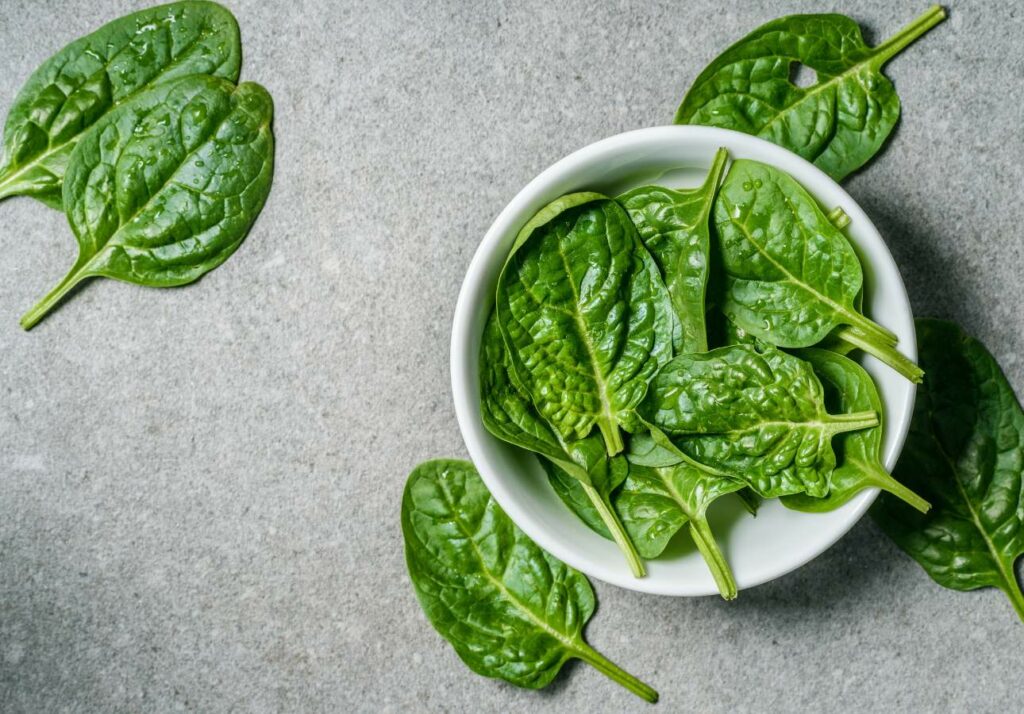
Which Greens Are Highest in Oxalate?
The UCI Kidney Stone Center gives us a great reference tool for foods high and low in dietary oxalate, including the oxalate content of various greens. According to the list, the leafy greens highest in oxalate are:
- Spinach
- Collards
- Swiss chard
- Beet greens
I’d like to point out that spinach is an outlier, whether in its raw or cooked form. For example, a cup of collard greens only has about 10 mg of oxalate, but the same amount of spinach has over 650mg.
What about other vegetables? Here’s a list of other veggies and plants with high amounts of oxalate you should probably avoid:
- Bamboo shoots
- Beets
- Fava and navy beans
- Okra
- Olives
- Parsnip
- Red kidney beans
- Turnip
- Yams
- Carrot
- Cooked celery
- Artichokes
- Asparagus
- Hot chili peppers
- Soybeans
- String beans
- Sweet potatoes
- Pumpkin
- Sunflower seeds
- Nuts, e.g., almonds, cashews, pistachios, peanuts, walnuts
Of course, all this effort in avoiding high-oxalate veggies won’t do much if you don’t pay attention to other high-oxalate foods. Check the UCI Kidney Stone Center’s list for other foods to avoid in various food categories like nuts, soy, grains, dairy, and legumes.
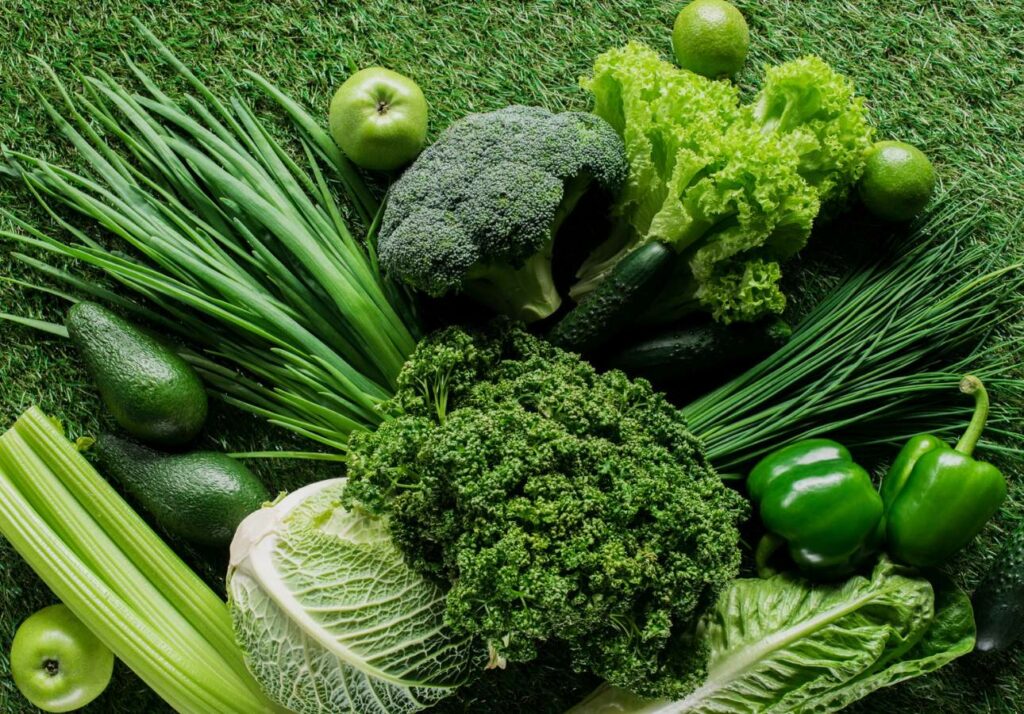
What Are Low Oxalate Greens?
Leafy greens are a rich source of vitamins, minerals, and antioxidants, so it’s not really worth it to cut them all out of our diet unless you have a big issue with fiber and head to the carnivore route. The good news is that there are plenty of other low-oxalate greens to choose from with small amounts of oxalates (or none at all!), such as:
- Kale
- Mustard leaves
- Alfalfa sprouts
- Bok choy
- Iceberg lettuce
- Romaine lettuce
- Cabbage
- Turnip greens
- Arugula
So yes, you can still enjoy a regular consumption of green vegetables and leaves of many plants while reducing your oxalate exposure. Here are other low-oxalate veggies to toss into your meals:
- Brussel sprouts
- Raw celery
- Mung beans
- Broccoli
- Cabbage
- Cauliflower
- Chives
- Corn
- Cucumber
- Green pepper
- Mushrooms
- Onions
- Peas
- Pickles
- Radish
- Scallions
- Sauerkraut
- Yellow squash
- Zucchini
- Rhubarb
- Rutabaga
- Tomatoes and tomato sauce
Pro tip: If you want a savory, high-fiber low-oxalate breakfast in the morning, try savory oatmeal with these low-oxalate veggies. Oatmeal is naturally low in oxalates, so you can eat a filling amount without worrying about the oxalate content. Try it with kale, bacon, mushrooms, scallions, soft-cooked eggs, and other low-oxalate ingredients!
I also recommend combining low-oxalate fruits and veggies for a refreshing salad. Great low-oxalate fruits include grapes, lemons, peaches, blackberries, blueberries, strawberries, apples, apricots, and bananas.
Can You Remove Oxalate From Vegetables?
Should you give up all high-oxalate foods? Not exactly, and doing so could mean avoidance of otherwise very beneficial foods.
First, let’s consider how much of a particular vegetable we’re eating. For example, a cup of raw carrots has about 10 milligrams of oxalates. That’s quite a lot when considering you’re only supposed to eat up to 50 to 100mg per day on the low-oxalate diet.
However, say you eat only about half a cup. That’s 5mg of oxalates, which is considerably lower.
So, you don’t necessarily have to give up high oxalate vegetables or high-oxalate foods, but you do have to consider how much you’re eating. When it comes to low-oxalate vegetables, you don’t have much to worry about since they are so low in oxalates. For example, a cup of chopped kale is so low in oxalates, with only about 2mg (but super high in Vitamin C!)
Let’s also not forget that you can remove some oxalates from vegetables via various cooking methods, primarily boiling. According to this study published by the Journal of Agricultural and Food Chemistry, boiling removes around 30-87% of the oxalate content of certain vegetables. The same goes for oatmeal!
The exception is spinach. According to the list, spinach is extremely high in oxalates, whether cooked or raw. I would also avoid green powders and pre-mixed green juice with spinach and other high-oxalate ingredients. Instead, try a low-oxalate greens powder like this one from Dr. Cowans with organic lacinato kale.
Final Thoughts
As you can see, there are more low-oxalate greens than there are on the other end of the spectrum. Basically, spinach is the only outlier because it has excessive amounts of oxalates, and it may be best to avoid it if you’re trying to reduce your oxalate intake.
Other than that, you can enjoy plenty of low-oxalate options (and turn high-oxalate veggies low-oxalate by cooking them!). Remember, you don’t have to miss out on your favorite green leafy vegetables while reducing your risk of calcium oxalate stones or other oxalate symptoms.


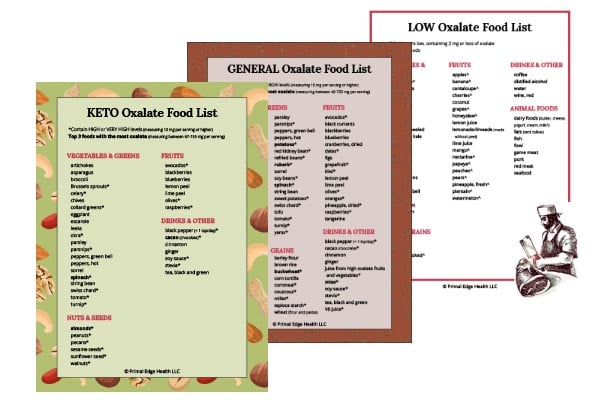
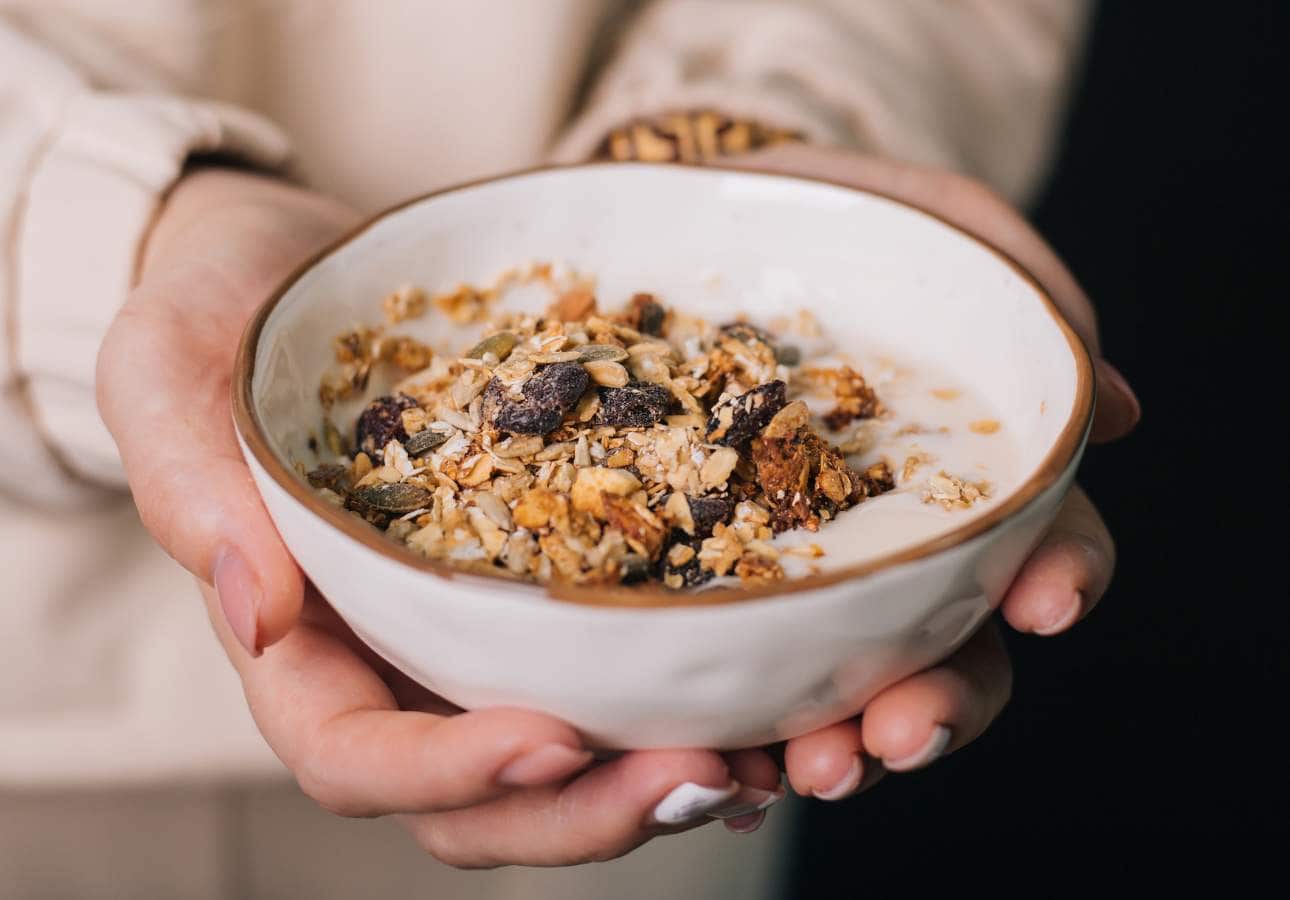
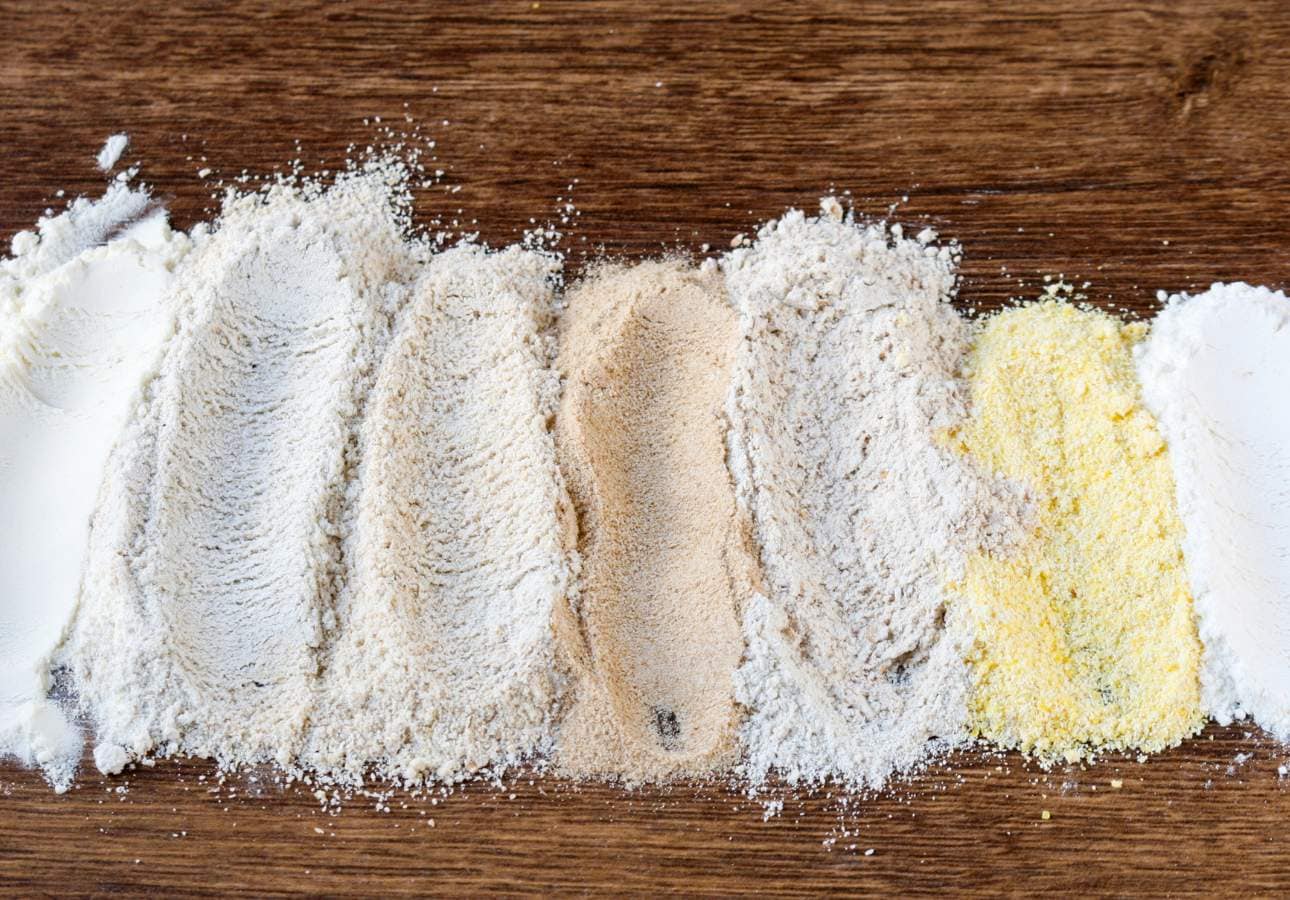
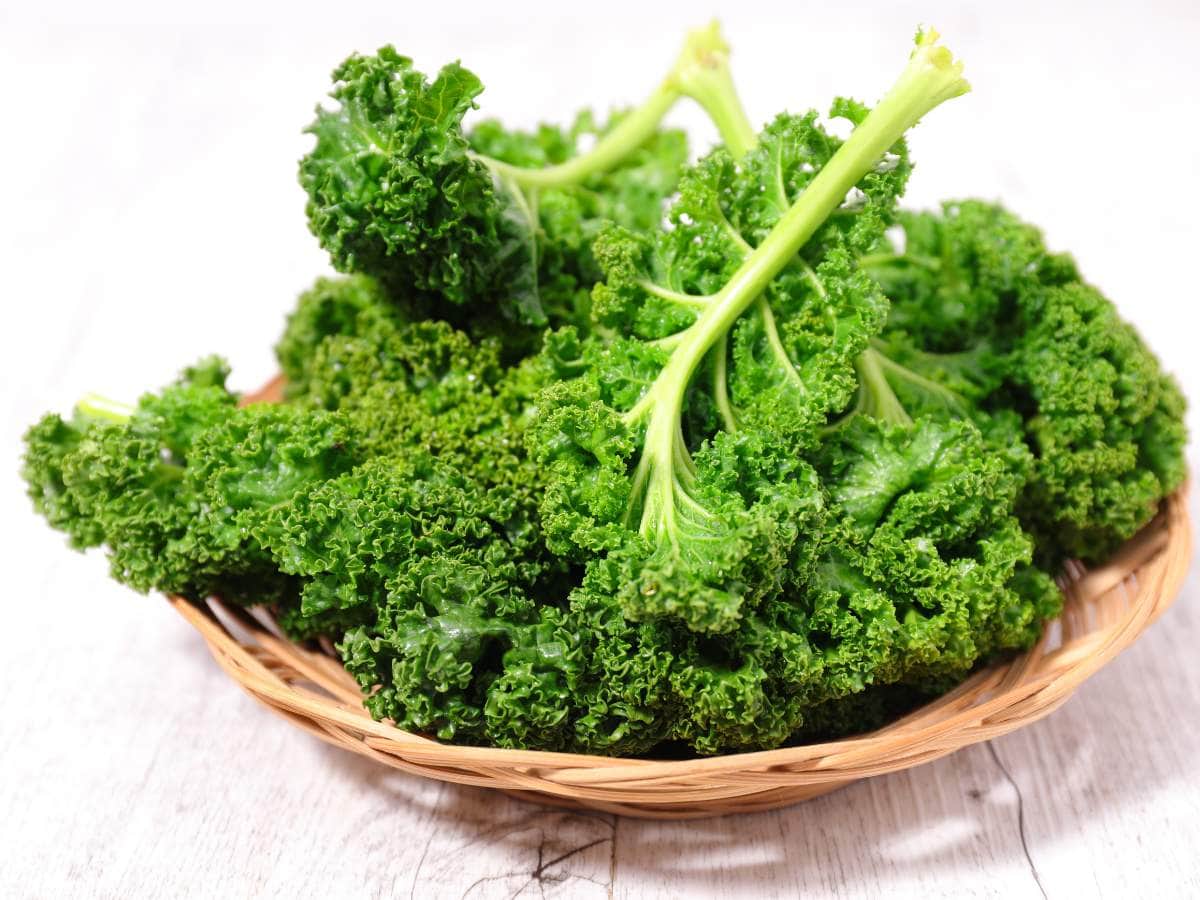
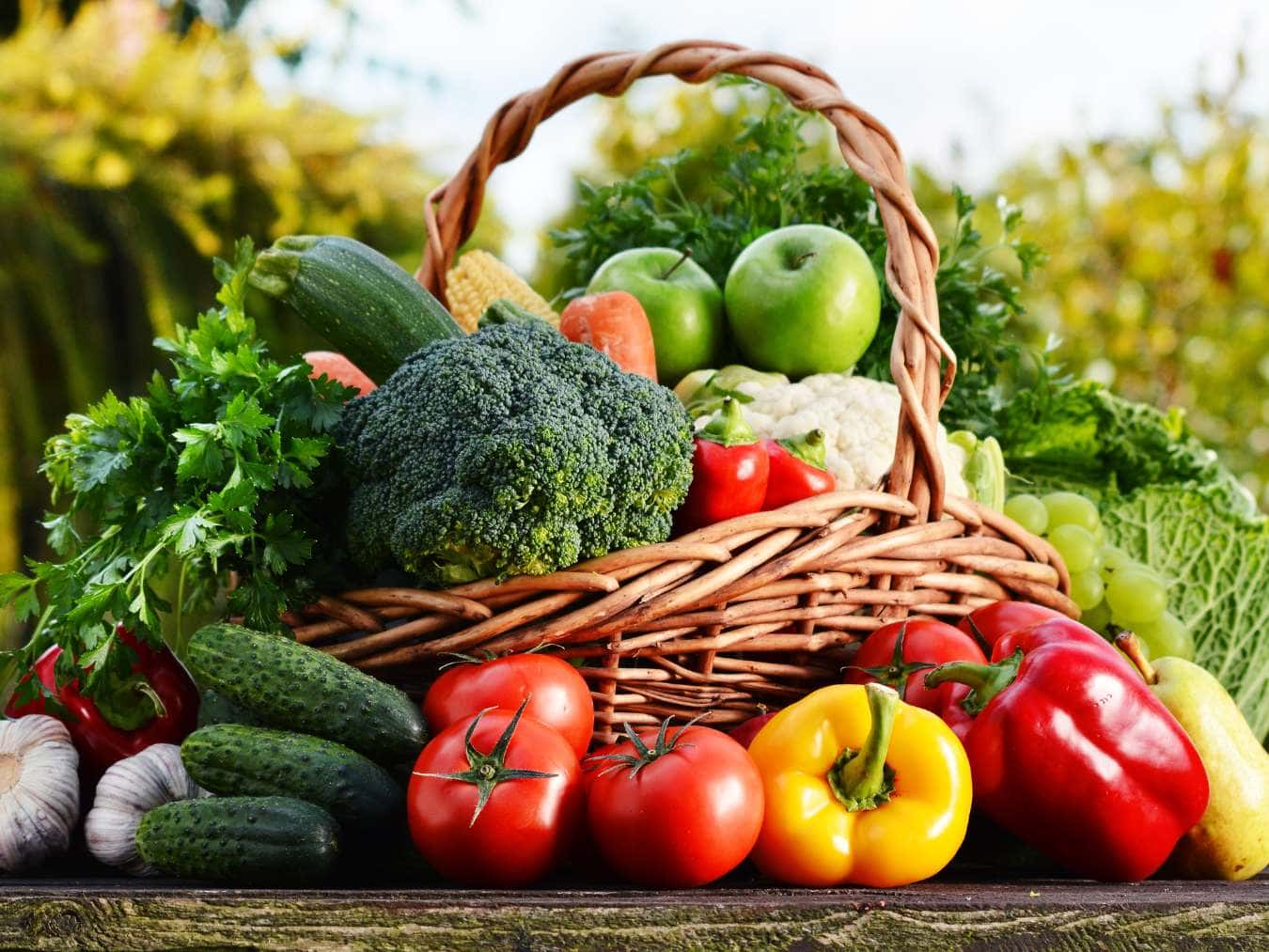

I never realized there are so many low oxalate veggies! I’ve mostly been avoiding veggies, especially greens, since I decided to reduce my oxalate intake. My diet is about to get a lot more interesting!
Hello, Nat! Yes, there are lots of options you can choose from. I hope you enjoy. Rooting for you.